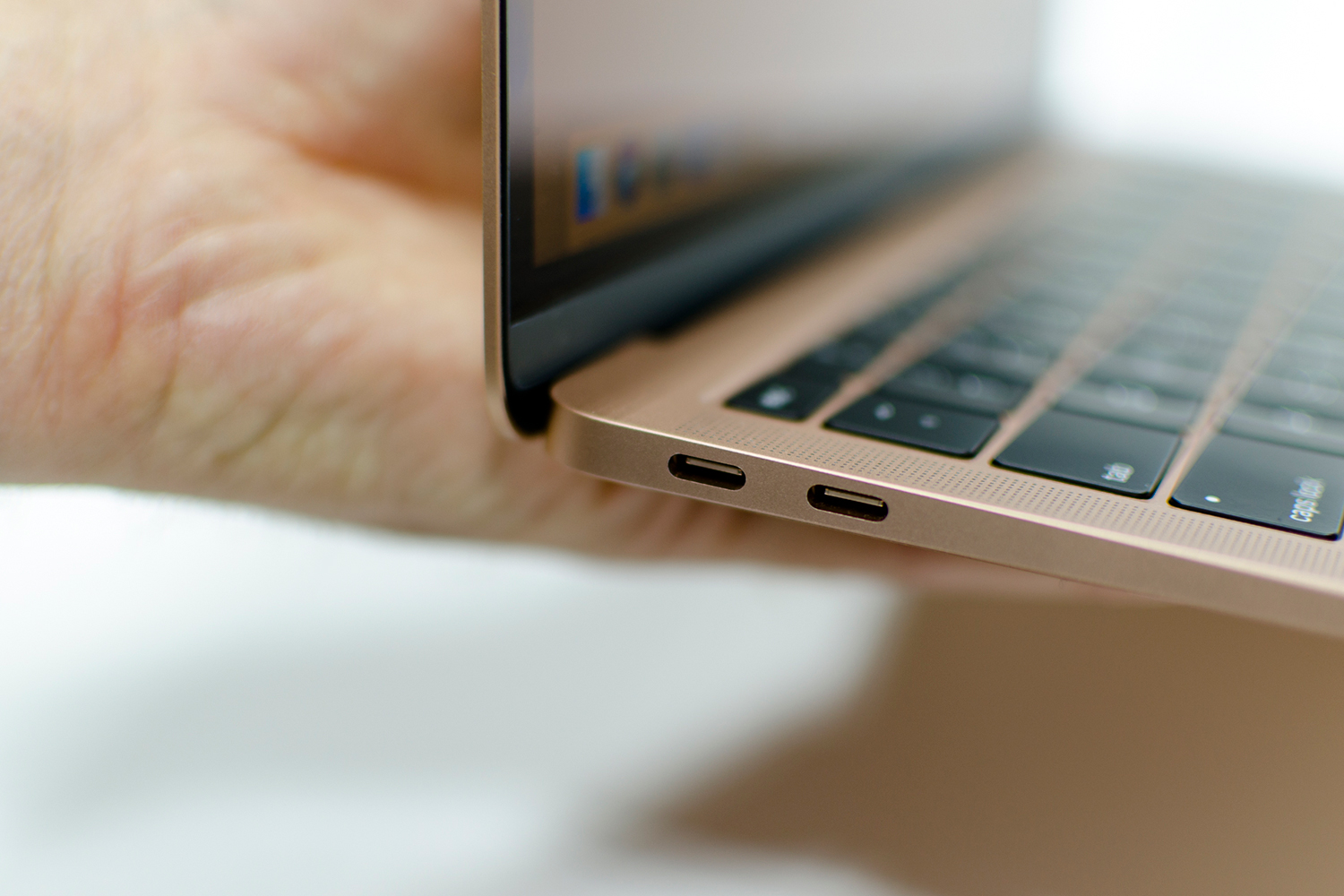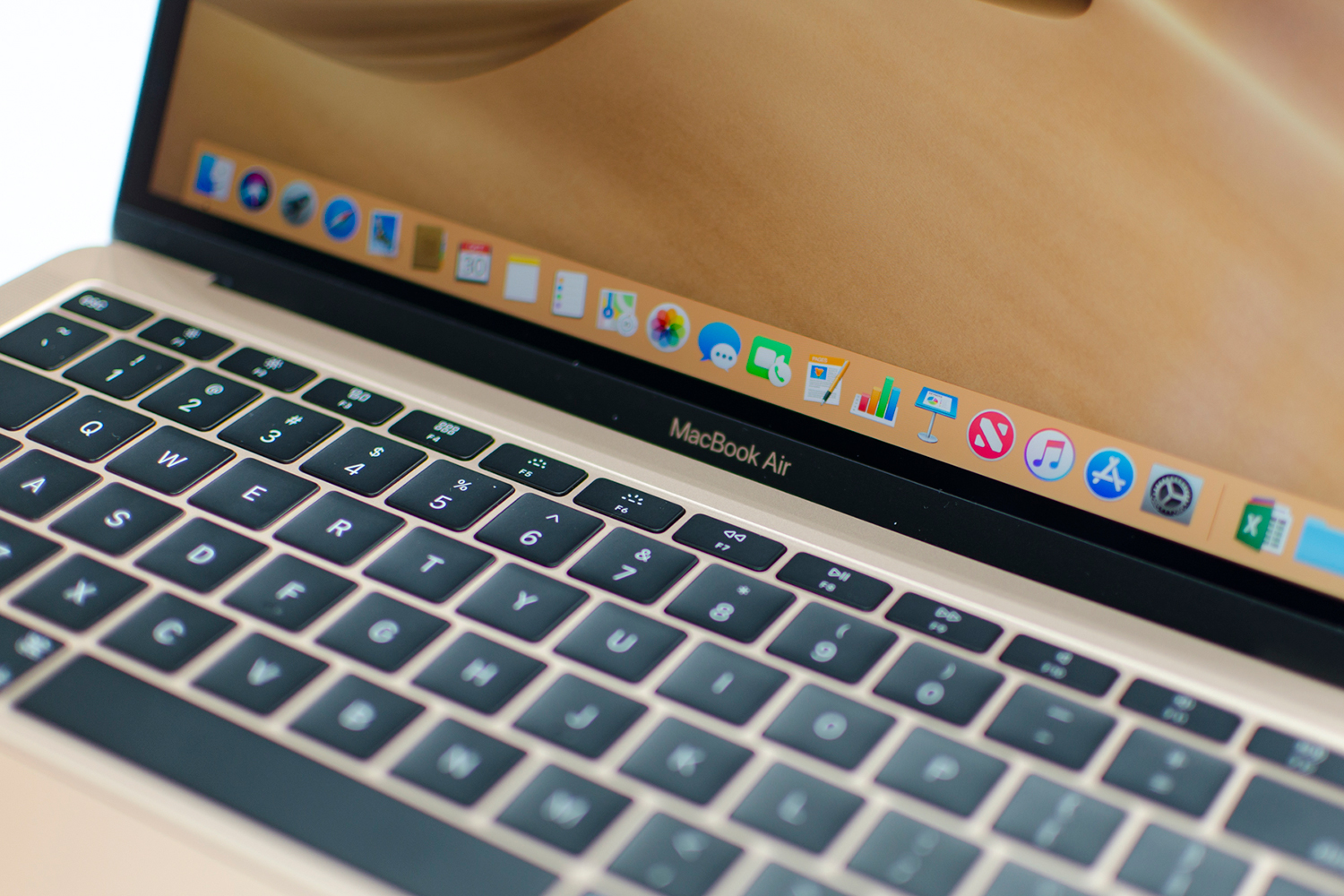Apple has launched a new MacBook Air, and we’re a little torn about it. There are some really great features that we’ve been waiting years for. On the other hand, there are a couple of big missed opportunities on a laptop like this.
Here’s our rundown of the features that made us happy, as well as the ones that left us disappointed.
The best features
Retina display
The headline feature is undoubtedly the display. People have been waiting years for it to come to the MacBook Air, which formerly only had a screen resolution of 1,440 x 900. In 2018, that’s just about the worst screen you can buy on a 13.3-inch laptop.
Apple has now brought the “Retina display” feature to the Air, upgrading it to 2,560 x 1,600. That’s a much more acceptable 227 pixels per inch in 2018. In fact, it’s the exact same panel found on the 13-inch MacBook Pro.
New keyboard and trackpad
Along with the display, Apple has ported over both the third-gen, butterfly switch keyboard and the larger Force Touch trackpad. The spacious new trackpad, in particular, is a big upgrade over the previous MacBook Air. The keyboard, on the other hand, is a bit more divisive. While some people don’t mind the low-travel key presses, there will undoubtedly be some who will miss the old Air’s more conventional keyboard.
In should be noted that this is the newer keyboard that appeared in the 2018 MacBook Pro update. These switches feature a new membrane under the keycap that prevent dust from tampering with the mechanism. While Apple hasn’t promised this will fix its reliability issues, it should at least mitigate the issue a bit.
Touch ID and port selection
If ever there was a laptop where removing ports was a good idea, it’d be this one. It’s a portable laptop that’s meant to be taken on the go, and the lack of a USB-A or HDMI port allow the chassis to be that much thinner. It has one more USB-C port than the 12-inch MacBook and one less than the base model MacBook Pro, but it’s a good balance.
The inclusion of Touch ID is also an important feature that’s been brought over from the MacBook Pro. Fortunately, it’s no longer been integrated into the Touch Bar, which is something we’re glad Apple left off on the Air. Touch ID, though, brings biometric login to the Air, as well as integration with Apple Pay.
The worst features
The price
Price isn’t exactly a feature, but it was always the most important thing about the old MacBook Air. At $1,000, the somewhat affordable price tag made it a lot of people’s first laptop and an easy introduction into the Mac ecosystem. Th new price of $1,200 puts it a bit too far out of that range, even for Apple.
The pricing also makes choosing a laptop from the current MacBook lineup that much more confusing. With three options all within a hundred bucks of each other, it’s hard to imagine someone could walk into an Apple Store and just pick one out off the shelf. Attempting to explain the difference between the 12-inch MacBook, the 13-inch MacBook Air, and the 13-inch MacBook Pro (without Touch Bar) won’t be easy.
The processor
We don’t know a lot about the processor Apple has chosen for the new MacBook Air. It’s never been used in a laptop we’ve seen, and it doesn’t even appear on Intel’s website. However, we do know it’s a 1.6GHz dual-core Intel Core i5, with a Turbo Boost up to 3.6GHz. That’s certainly an upgrade over the old MacBook Air with a fifth-generation Intel Core i5, especially in Turbo boost speed.
However, it’s certainly not the fastest processor on the market, even in thin-and-light notebooks. Laptops like the Dell XPS 13 or Huawei MateBook X Pro are just as thin as the new MacBook Air, but use a much faster quad-core processor. It makes the high price that much harder to justify.




